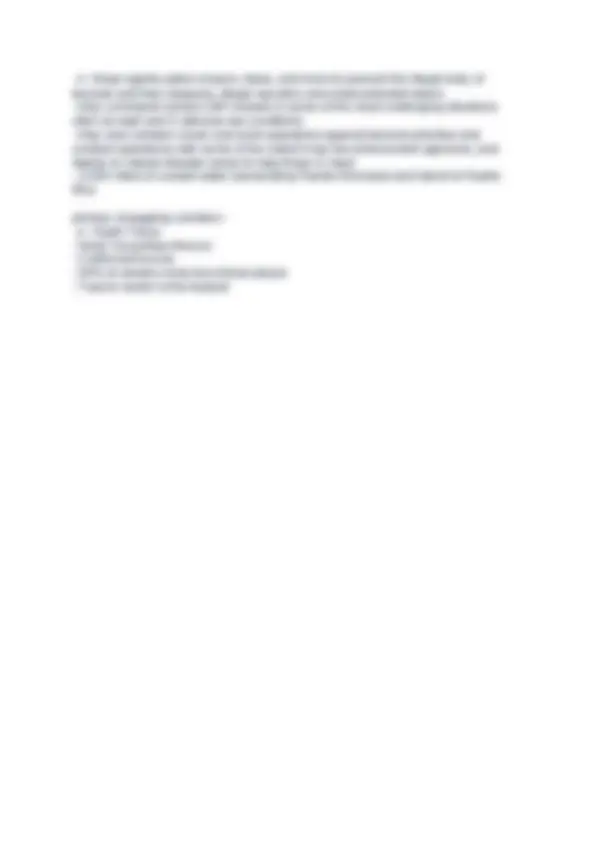



Study with the several resources on Docsity

Earn points by helping other students or get them with a premium plan


Prepare for your exams
Study with the several resources on Docsity

Earn points to download
Earn points by helping other students or get them with a premium plan
Community
Ask the community for help and clear up your study doubts
Discover the best universities in your country according to Docsity users
Free resources
Download our free guides on studying techniques, anxiety management strategies, and thesis advice from Docsity tutors
This study guide provides an in-depth exploration of the history, roles, and strategies of the customs and border protection (cbp), a federal law enforcement agency. Topics covered include the immigration act of 1921, the neutralization act of 1790, the labor appropriation act of 1924, the page act of 1875, the chinese exclusion act, the establishment of the u.s. Border patrol, the prohibition era, detention camps, operation wetback, the integration of cbp into the department of homeland security, the agency's mission, budget, and main strategies, the roles of border patrol agents, customs border protection officers, air interdiction agents, marine interdiction agents, and primary smuggling corridors.
Typology: Exams
1 / 3

This page cannot be seen from the preview
Don't miss anything!


immigration act of 1921 - ✔️(1921)
border patrol academy - ✔️- opened in El Paso, TX in 1934
✔️- frontline agency for national security by preventing terrorist, terrorist weapons, narcotics and agricultural threats from entering the U.S.